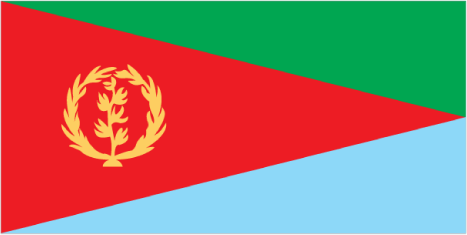To help inspire or plan your trip to Eritrea, some of its major attractions
for travellers are shown below, including some of the best natural, historical, cultural and adventure sites in the country.
These include all of UNESCO World Heritage Sites for Eritrea which represent the best
of the world's cultural and natural heritage.
Click on the icons below to focus on specific types of features
(click again to return to all).
|
|
|
|
|
|
|
|
|
|
|
|
 |
|---|---|---|---|---|---|---|---|---|---|---|---|
| Natural | History | Wildlife | Trekking | Cities | Religious Monument | Boat Journey | Rail Journey | Diving | Cultural | Adrenaline | UNESCO WHS |
| Asmara | |
|---|---|
The Eritrean capital of Asmara is an interesting mix of African and Italian colonial influences. It is a city of fascinating architectural diversity, ranging from Neoclassical to Art Deco and Futurist and is noted for its vibrant cafe culture. | |
| Keren | |
|---|---|
Keren is a market town with the weekly camel market being of particular interest. It was also the site of a battle between British and Italian forces during World War II and cemeteries in the town commemorate the dead. | |
| Debre Sina | |
|---|---|
Debre Sina is a 6th century Orthodox church located east of Keren that has been hewn from rock. | |
| Massawa | |
|---|---|
The Red Sea port of Massawa has been a trading centre for centuries and retains Arab, Ottoman and European influences in its architecture which include mosques, palaces and villas. | |
| Nefasit steam train | |
|---|---|
This railway was built by the Italians in the early 20th century and has recently been restored to allow steam train trips from Nefasit to Asmara. The train travels a precipitous route which includes 20 tunnels and 65 bridges. | |
| Qohaito | |
|---|---|
Qohaito was a thriving city of the Axumite Empire (first century BC to seventh century AD), set in the mountains south-east of Asmara. Today the area contains a number of ruins, including the 67 metre long Saphira Dam as well as a number of rock paintings. | |
| Debre Bizen | |
|---|---|
Debre Bizen is a 14th-century monastery located close to Asmara which is reached by a breathtaking two-hour ascent along narrow, twisting paths. | |

